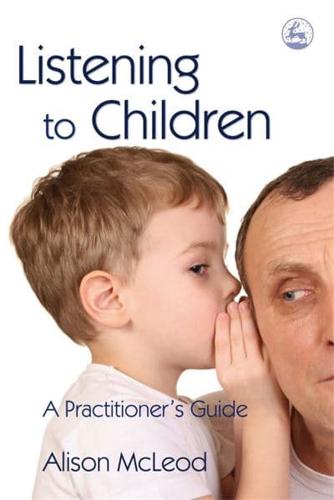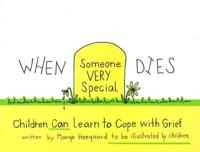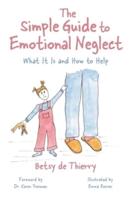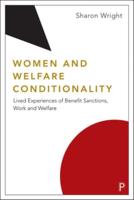Publisher's Synopsis
Listening to children' is one of those feel-good phrases that always features in childcare literature as if it were self-evidently a good thing. Often, however, there is a lack of critical attention to what it really means: How does one listen? How can one evidence that listening has taken place?
Starting with an introduction to the policy and practice of listening to children and young people, both individually and in groups, this practitioner's guide provides a range of practical techniques for effective listening, encompassing observation and communication, seeing things from the child's point of view, explaining difficult concepts, helping young people to talk about their experiences and express their feelings, promoting participation and eliciting their wishes and views. The book is peppered throughout with good practice checklists, good practice examples, reflective exercises and quotations from children, as well as case studies showing real situations where effective communication has been established with a child.
Listening to Children: A Practitioner's Guide is a rich source of insight and guidance for professionals working with children in the fields of social care, health and education, including child welfare protection, pastoral care, educational psychology and counselling, and indeed for anyone working with children.











